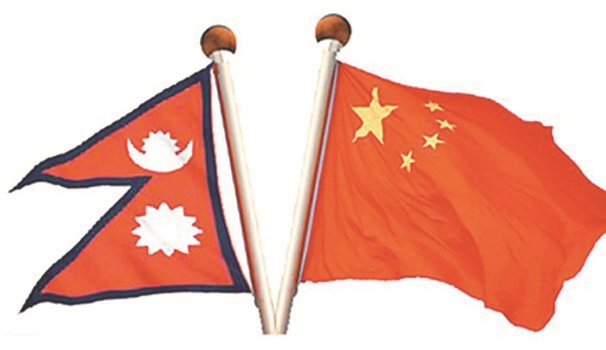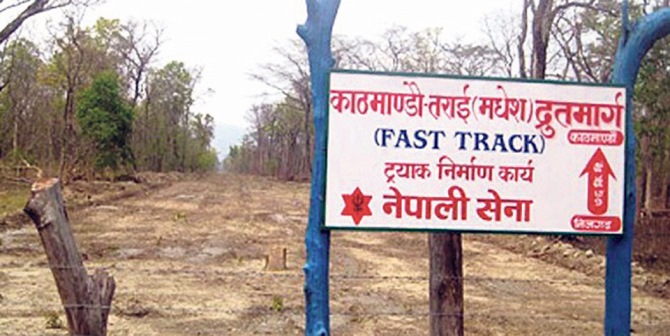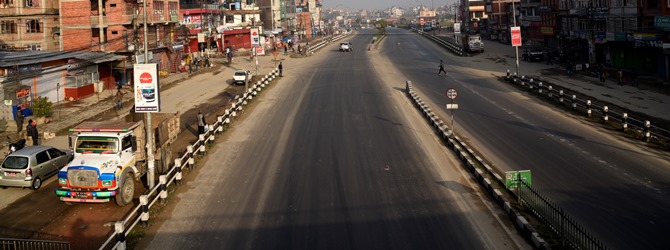Kathmandu third most polluted city
One week air pollution report
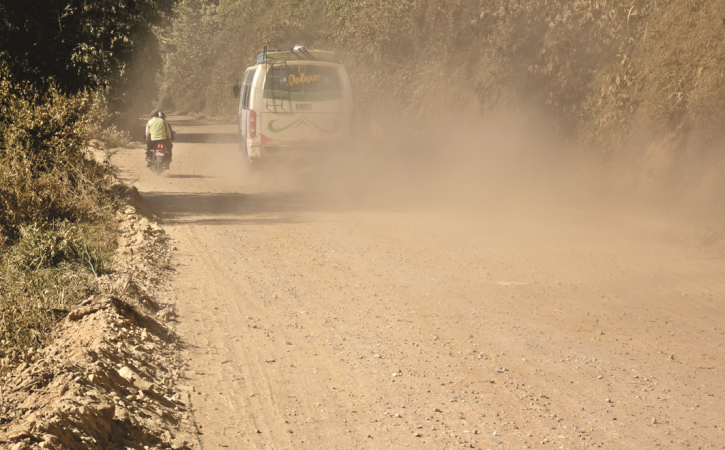
By Purushottam P. Khatri
Kathmandu, Dec. 8: Around 10 cities in the country, including Kathmandu, have recorded increased air pollution level in the last one week, according to senior chemists at the Department of Environment.
Air Quality Monitoring (AQM) stations placed in 25 places across the country, including seven in the Valley, have shown that particulate matter (PM) 2.5, an indicator of pollution level, is found higher than standard value set for Nepal (40 micrograms per cubic metre), Shanker Prasad Paudel, senior divisional chemist and information officer at the Department, told The Rising Nepal.
Since the onset of winter, the Valley and other parts of the country have gradually started seeing polluted air due to suspended particles in the air, he added.
According to Paudel, the Department has set two minimum standards for measuring air quality in Nepal -- PM 10 and PM 2.5. The minimum air quality standard for PM 10 is 120 microgram per cubic metre.
“Nepalgunj was the most polluted city this week with a value of 84.84 micrograms per cubic metre, which is more than any other value shown by AQM stations,” Paudel said.
In addition, Nepalgunj AQM measured PM 2.5 value of 61.35 micrograms per cubic metre on last Friday , 75.01 micrograms per cubic metre on Saturday, 84.84 micrograms per cubic metre on Sunday and 83.29 micrograms per cubic metre on Monday, this week. PM 2.5 amounts of only four days were recorded by the Nepalgunj stations.
Air Quality Monitoring station placed at Ratnapark, Kathmandu, has also registered air pollution value exceeding its standards.
According to the record, Ratnapark area measured 75.83 microgram per cubic metre suspended particles in the air under category PM 2.5 on Monday (December 7).
With that value, Kathmandu became the third most polluted city in the country, according to Paudel.
From December 3 to 6, Ratnapark’s AQM station recorded PM 2.5 values of 65.52 micrograms per cubic metre, 58.09 micrograms per cubic metre, 62.29 micrograms per cubic metre, and 66.43 micrograms per cubic metre respectively. All of them have exceeded the minimum standard, according to Govinda Lamichhane, environment inspector at the Department.
“Some AQM stations are not sending their report perhaps due to technical errors in the stations. We usually receive all updates every hour,” he said. Dang Valley’s city area is the second most polluted area,
measured by PM 2.5. Its PM 2.5 measured 78.90 micrograms per cubic metre on Monday, 71.66 on Sunday, 42.06 on Saturday, 54.32 on Friday, 48.91 microgram per cubic metre on Thursday and 42.36 micrograms per cubic metre on Wednesday.
Similarly, Janakapur is the fourth most polluted city. Its PM 2.5 measured 65.89 micrograms per cubic metre on December 3, and 44.44 micrograms per cubic metre on December 7.
Hetauda recorded the highest pollution level -- PM 2.5 of 65.97 micrograms per cubic meter -- on December 7. In the last two days, Pokhara recorded PM 25 of 49.55 micrograms per cubic metre on Monday and 41.3 micrograms per cubic metre on Sunday.
Standing at 33.90 micrograms per cubic metre, Bhaktapur’s PM 2.5 value remained constant from December 2 to 7. Its PM 2.5 value is the lowest.
“PM 2.5 are the fine particles having 2.5 micrometres or smaller in diameter, and can only be seen through an electron microscope. These particles are produced from all types of combustion, including motor vehicles, power plants, residential wood burning, forest fires, agricultural burning, and some industrial processes,” Lamichhane said.
Meanwhile, public health expert Dr. Samir Kumar Adhikari said people with heart or lung problems, older adults and children are most likely to be affected by particle pollution. “Even if you are healthy, you may feel temporary uneasiness when you are exposed to high levels of particle pollution,” he said.
Recent News

Do not make expressions casting dout on election: EC
14 Apr, 2022
CM Bhatta says may New Year 2079 BS inspire positive thinking
14 Apr, 2022
Three new cases, 44 recoveries in 24 hours
14 Apr, 2022
689 climbers of 84 teams so far acquire permits for climbing various peaks this spring season
14 Apr, 2022
How the rising cost of living crisis is impacting Nepal
14 Apr, 2022
US military confirms an interstellar meteor collided with Earth
14 Apr, 2022
Valneva Covid vaccine approved for use in UK
14 Apr, 2022
Chair Prachanda highlights need of unity among Maoist, Communist forces
14 Apr, 2022
Ranbir Kapoor and Alia Bhatt: Bollywood toasts star couple on wedding
14 Apr, 2022
President Bhandari confers decorations (Photo Feature)
14 Apr, 2022



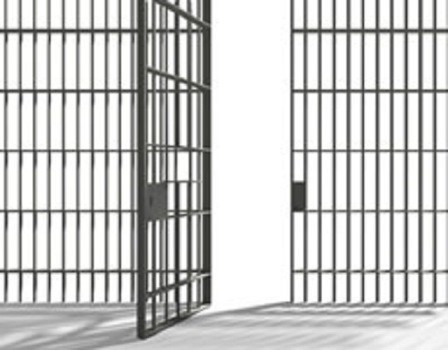
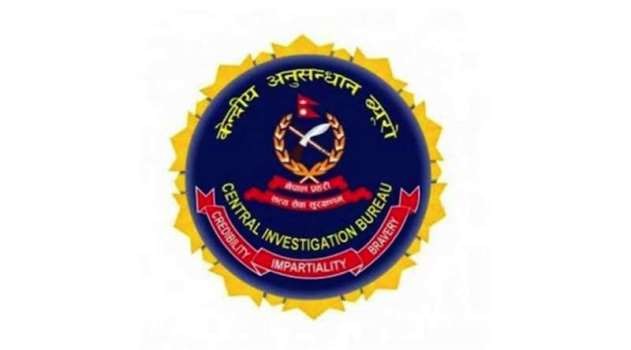
.jpg)

